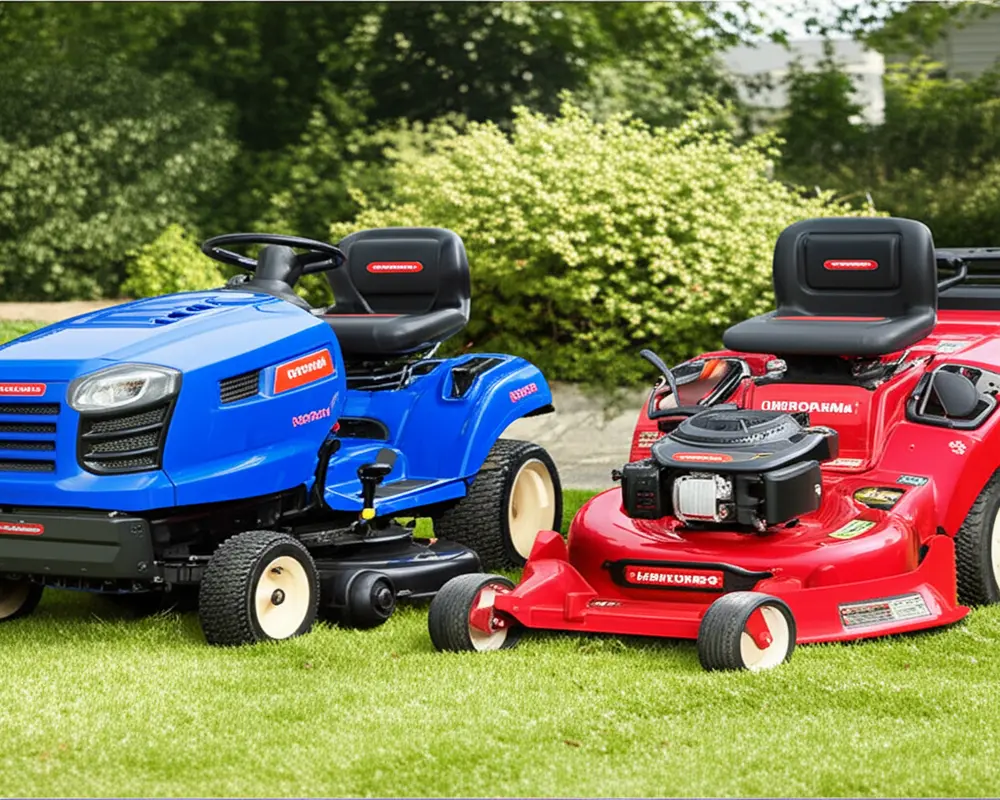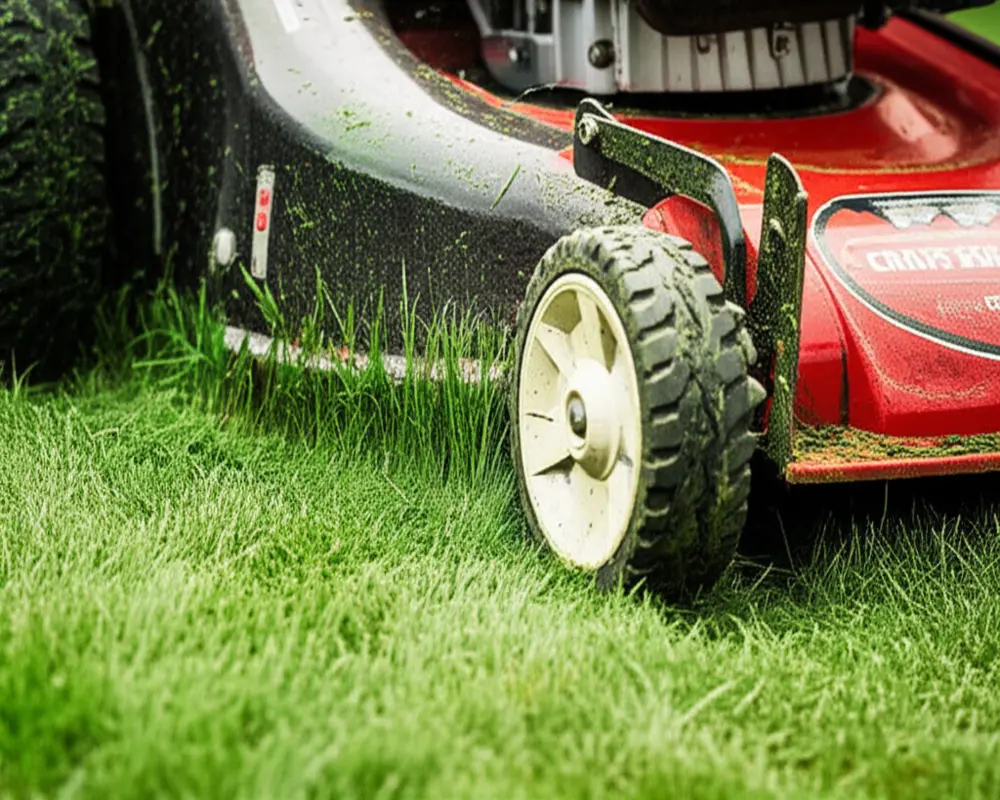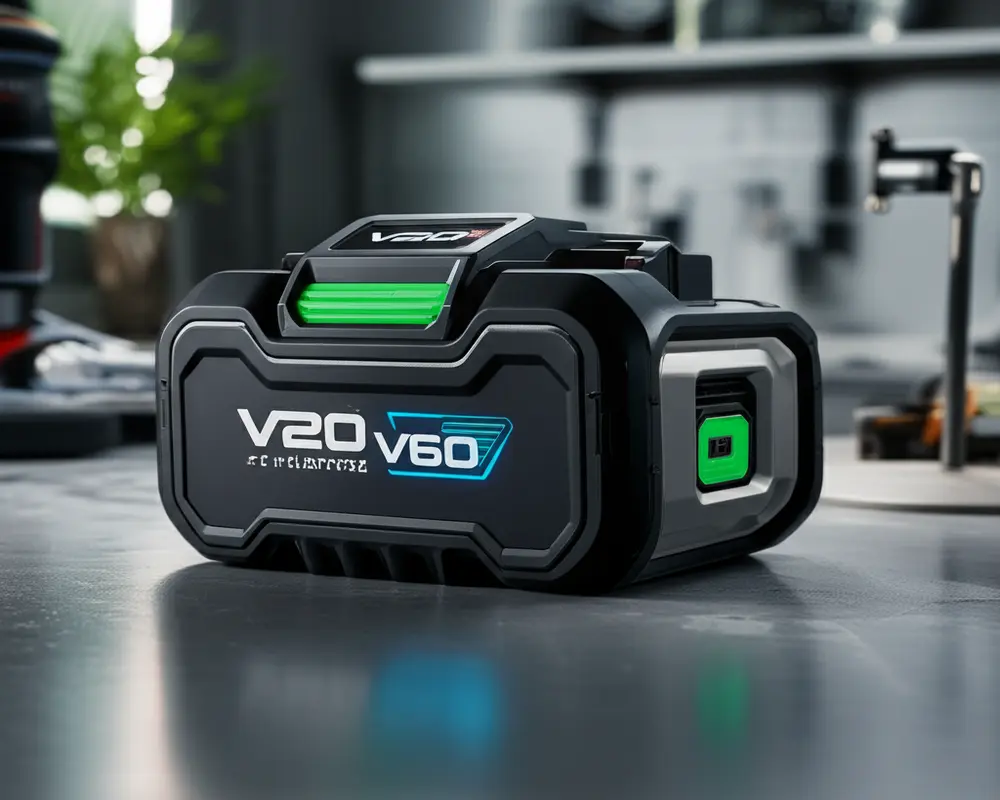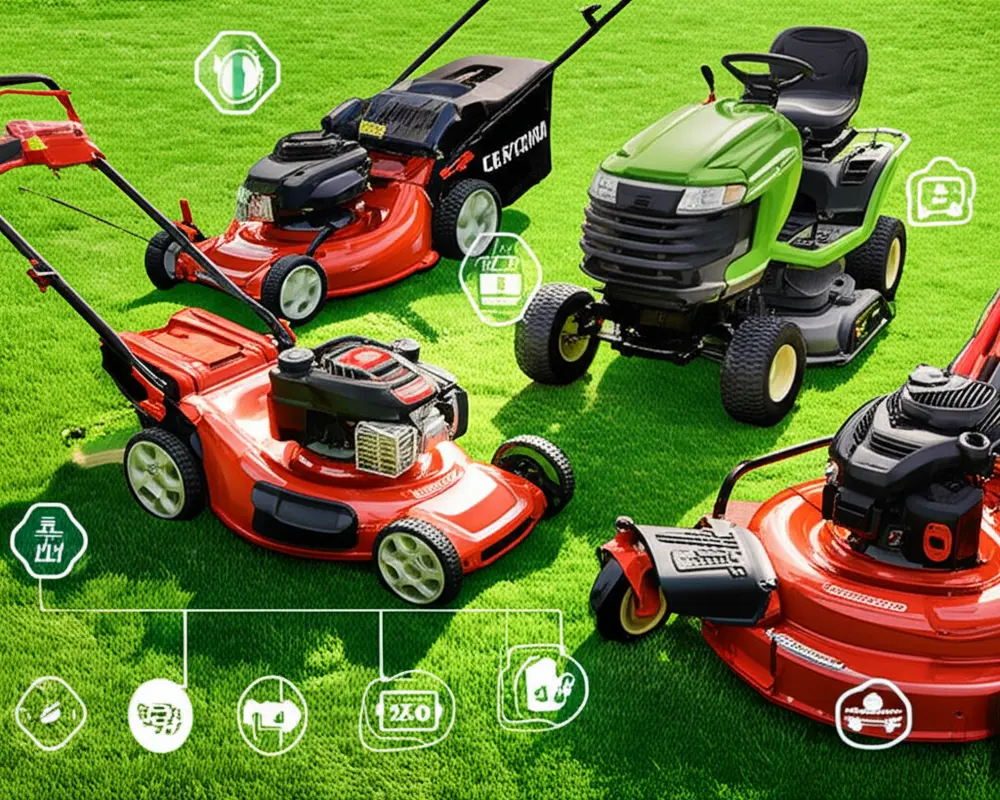Craftsman Lawn Mower Review 2025: Performance & Reliability Guide
Explore our comprehensive 2025 Craftsman lawn mower review covering performance, reliability, features, and buying advice tailored for every yard size. Whether you’re considering a gas-powered walk-behind model or an electric riding mower, this guide offers an expert analysis that will help you make an informed decision.
I. Introduction: Why Choose Craftsman Lawn Mowers?
When it comes to lawn care, Craftsman lawn mowers have long stood as a symbol of quality and dependability. Our review is based on thorough research and hands-on testing, ensuring an honest and in-depth perspective on what these machines offer in 2025. Craftsman’s lineup spans gas-powered, electric, walk-behind, self-propelled, and riding models, giving consumers a broad spectrum of choices to fit diverse lawn care needs.
Founded over 90 years ago, the Craftsman brand has built a legacy focused on durability and innovation. Its reputation is grounded in delivering tools that balance power with user-friendly features. This review takes a comprehensive look at the brand’s latest offerings, helping you understand why Craftsman remains a trusted name in lawn mower performance.

II. How to Pick the Right Craftsman Mower for Your Lawn
Selecting the perfect Craftsman mower depends primarily on your yard’s size and terrain. Smaller, flat yards often do well with walk-behind models, while larger or uneven landscapes may necessitate self-propelled or riding mowers for ease and efficiency.










Read More:
- Corona Hand Cultivator: The Ultimate 2025 Gardening Tool Guide
- Best Forced Air Conditioners 2025 – Top Picks
- Best Outdoor Ovens Under 1500 (2025) — Top Picks
- Discover the Ultimate Professional Garden Spades: Tools Every Serious Gardener Needs
- Best Landscaping Around Air Conditioners — 2025 Tips
Choosing between gas-powered versus cordless electric options is another key decision. Craftsman’s electric mowers leverage advanced battery systems such as the V20 and V60, delivering impressive run-time and power while reducing noise and emissions. Gas mowers, meanwhile, offer raw power and longer continuous operation but require more maintenance.
Consider features like mulching, bagging, and side discharge based on your lawn maintenance preferences. Ergonomic factors such as handle comfort and vibration control also play a role in ensuring a pleasant mowing experience. Finally, budget constraints and long-term value should guide your choice, weighing initial cost against expected durability and performance.
Understanding Mower Types
Walk-behind mowers are ideal for small to medium yards. Self-propelled mowers reduce physical effort by powering the wheels, suitable for medium to large lawns with varying terrain. Cordless electric mowers combine maneuverability with environmentally friendly operation, favored by eco-conscious consumers. Riding mowers and zero-turn models excel in large properties, offering speed and comfort for extensive lawn care.
III. Performance Testing and Metrics
Our review incorporates both controlled environment and real-world testing to evaluate lawn mower performance. We focus on several dimensions:
Cutting Quality: Craftsman mowers feature precisely engineered cutting blades designed for sharpness and evenness. The blade design effectively handles various grass types, delivering a clean finish with minimal scalp or missed patches.

Engine Power: The brand utilizes engines from reputed manufacturers like Briggs & Stratton and Kohler, alongside proprietary engines. Testing confirms reliable power output suitable for typical residential mowing demands.
Electric Model Battery Performance: Craftsman cordless electric mowers are equipped with V20 and V60 battery technology, offering extended run times and quick recharge cycles. We measured operational duration under typical cutting conditions, noting consistent power delivery until battery depletion.

Maneuverability: Factors such as weight, wheel size, turning radius, and speed control were assessed. Craftsman’s design ensures easy navigation around obstacles and tight corners, with smooth speed adjustments enhancing control.
IV. Reliability and Durability Insights
Craftsman mower reliability remains a strong point, though like any equipment, some issues are reported by users. Common concerns include occasional starting difficulties, deck rust, and wheel wear, often linked to maintenance routines.
The build quality is robust, with decks made from durable steel gauges and reinforced frames. These materials contribute to a mower’s longevity, especially when paired with regular upkeep. Based on usage patterns and care, a Craftsman mower can deliver years of dependable service.
Warranty coverage typically includes a multi-year limited guarantee, backed by responsive customer support. This assurance adds to the overall value proposition of owning a Craftsman mower.
V. Key Features and User Experience
Ergonomics are well-considered in Craftsman mowers. Handles are designed for comfort and reduced vibration, while noise levels remain moderate, creating a less tiring mowing experience.
Bagging, mulching, and side discharge options are efficient and user-friendly, with intuitive switches and easy-to-empty bags. Assembly is straightforward, and deck height adjustment mechanisms are accessible for quick changes.
Storage solutions include foldable handles and compact designs, facilitating easy garage or shed storage. Safety features such as blade brakes and operator presence controls ensure user protection during operation.
VI. Craftsman vs. Competitors: Value for Money Comparison
When comparing Craftsman with competitors like Honda, Toro, and Ryobi in the walk-behind segment, Craftsman holds its own with competitive pricing and solid performance metrics. For riding mowers, comparisons with John Deere and Cub Cadet reveal Craftsman as a cost-effective alternative without significant sacrifices in durability or comfort.
Overall, Craftsman offers a balanced package of performance, reliability, and affordability, making it an attractive choice for homeowners seeking value in their lawn care investment.
VII. Top Craftsman Mower Recommendations by Lawn Size
For small to medium yards, the Craftsman walk-behind gas and electric models provide efficient and easy mowing. Medium to large yards benefit from self-propelled models that reduce physical strain while maintaining cutting quality.
Large properties call for riding lawn mowers, including lawn tractors and zero-turns, which offer enhanced speed and maneuverability for extensive lawn maintenance. Eco-conscious consumers will appreciate the battery-powered models that minimize environmental impact without compromising power.
VIII. Maintenance Tips for Longevity
Proper maintenance extends the life of your Craftsman mower. For gas models, regular oil changes, air filter cleaning, and blade sharpening are essential. Electric mowers require battery care including proper charging and storage.
Blade sharpening ensures clean cuts, which promote lawn health. For guidance on sharpening techniques, you might find valuable tips in our how to sharpen pruning shears article, which shares principles applicable to mower blades.
Winter storage involves draining fuel (for gas models), cleaning the deck, and protecting the mower from moisture to prevent rust and corrosion. Troubleshooting common issues such as starting problems or reduced cutting efficiency can save on repair costs and downtime.
IX. Conclusion: Final Thoughts & Buyer Guidance
Craftsman lawn mowers for 2025 continue the brand’s tradition of delivering reliable, high-performance equipment. Strengths include versatile model options, solid build quality, and practical user features. While minor issues exist, proper maintenance and selection tailored to your lawn size mitigate these concerns.
Homeowners seeking dependable, cost-effective lawn care tools will find Craftsman mowers a worthy choice. Looking ahead, innovations in battery technology and ergonomic design promise to keep Craftsman competitive in the evolving landscape of outdoor power equipment.
For further insights into lawn care tools and techniques, consider exploring our related guides, such as digging spade technique and garden spade rust prevention, to complement your outdoor maintenance toolkit.
Frequently Asked Questions
- What types of engines do Craftsman mowers use?
- Craftsman mowers utilize engines from Briggs & Stratton, Kohler, and proprietary models designed to deliver reliable power suitable for a variety of lawn sizes and conditions.
- How long do Craftsman electric mower batteries last?
- The V20 and V60 battery systems provide sufficient run times ranging from 45 minutes to over an hour depending on the model and mowing conditions, with rapid recharge capabilities.
- Are Craftsman mowers good for large lawns?
- Yes, their riding mowers and zero-turn models are designed to cover large areas efficiently, combining power and maneuverability for extensive properties.
- Is maintenance difficult for Craftsman mowers?
- Maintenance is straightforward with regular oil changes, blade sharpening, and battery care. Craftsman also provides accessible customer support and warranty coverage to assist owners.
- Where can I buy Craftsman lawn mowers?
- You can purchase Craftsman lawn mowers through their official website or authorized retailers.

